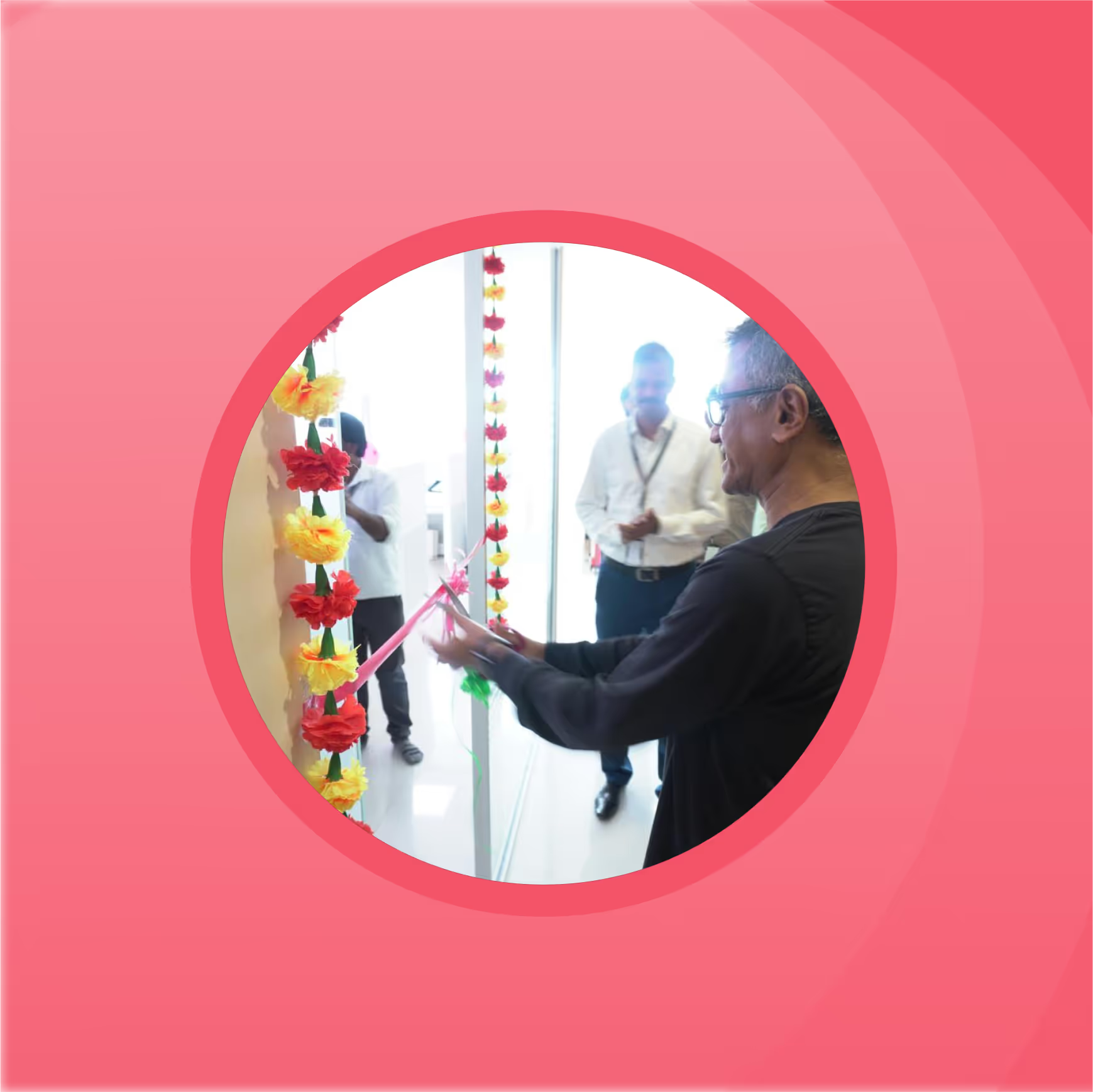Application Monitoring Using Prometheus
Prometheus is a tool used for monitoring events and sending alerts. It’s free to use and works independently, meaning it doesn’t rely on other software.

What is Prometheus?
Prometheus is a tool used for monitoring events and sending alerts. It’s free to use and works independently, meaning it doesn’t rely on other software. With Prometheus, you can gather data in a structured way, store it, and then access it easily. It also comes with an alert system that notifies you if any data falls outside of the normal range you’ve set.
Why Use Prometheus?
Prometheus is handy for keeping an eye on various aspects of your applications or systems. It helps you track performance, detect issues early, and respond promptly to any problems that arise. Plus, it’s flexible and customizable, so you can tailor it to your specific needs.
How Does Prometheus Work?
Prometheus works by regularly collecting data, which we call metrics. These metrics are organized with labels for easy reference. You can then analyze this data locally or query it to gain insights into your system’s behavior. If something goes wrong and a metric goes beyond acceptable levels, Prometheus alerts you, ensuring you stay on top of any issues.
.png)
Benefits of Using Prometheus
- Flexibility: Prometheus can adapt to various setups and environments.
- Ease of Use: Its simple interface makes monitoring and alerting straightforward.
- Customization: You can configure Prometheus to monitor exactly what matters to you
- Real-Time Monitoring: Get instant alerts when something goes wrong, allowing for swift action
Understanding Metrics
Metrics are like simple numbers that help us understand how things change over time. Different applications might care about different things. For example, a website might care about how long it takes to load a page, while a database might care about how many connections or queries it handles.
These numbers, or metrics, are crucial because they tell us why our applications behave the way they do. Let’s say your website is running slowly. To figure out why, you need some information. For instance, if you know how many requests your site is getting, you can see if that’s causing the slowdown. Then, you can add more servers to handle the extra load.
What is Grafana?
Grafana is a free tool for keeping an eye on things and understanding what’s going on. It’s great at showing data in easy-to-read charts and graphs, and it can even send you alerts if something’s not right. You can use it to look at all sorts of data, including the metrics collected by Prometheus.
In this blog post, we’ll talk about how we used Prometheus to watch over our application and how Grafana helped us see what was going on by showing us nice pictures of our data on a dashboard.
Things You Need Before Getting Started
Before you start putting everything together, make sure you have a few things ready:
- A PHP Web Application: You should already have a working PHP web application that you want to monitor.
- Access to a Server: You’ll need a server where you can install Prometheus and Grafana. This is where all the monitoring magic will happen.
- Redis Server: Make sure you have Redis installed and running on your server. Redis can be utilized for caching and session storage.
- Composer: You’ll need Composer, which is a tool for managing PHP packages. It’ll come in handy when setting things up for your PHP application.
Once you have all these in place, you’re ready to start integrating Prometheus and Grafana with your PHP web application.
Instrumenting Your PHP Application with Prometheus
Step 1: Install Prometheus PHP Client
Instrumenting your application involves integrating it with Prometheus to expose metrics:
- Choose a Prometheus PHP Client: Select a client library suitable for PHP applications. The promphp/prometheus_client_php library is a popular choice.
- Install it via Composer:

Step 2: Using Redis for Application Data
Apart from storing metrics, Redis can be utilized for caching, session storage, or as a message broker within your PHP application. This can significantly improve performance by reducing load times and database queries. The PHP Redis extension can be installed and used to interact with Redis.
Step 3: Instrument to PHP application
Add Metrics to Your Application: Implement metrics such as request counts, error rates, and response times within your application code.
.png)
This code snippet demonstrates how to set up a counter metric for page views and use Redis as the storage backend for metrics.
Place this code in a script that’s accessible to Prometheus, usually by creating a dedicated route or endpoint in your application (e.g., /metrics).
Create a Metrics Endpoint in Your PHP Application.
Test the Endpoint: Ensure the /metrics endpoint is accessible and correctly displays the metrics in Prometheus format by visiting http://your_php_app_address/metrics in your web browser.
After successfully creating and exposing the /metrics endpoint in your PHP application and configuring Prometheus to scrape this endpoint, Prometheus will start collecting the exposed metrics. This setup lays the foundation for monitoring your application’s performance and health through Prometheus.

Visualizing Metrics with Grafana
- Install Grafana: Download and install Grafana from its official site.
- Connect Grafana to Prometheus Endpoint: Add Prometheus as a data source in Grafana’s configuration.
- Create Dashboards: Utilize Grafana’s dashboard feature to create visual representations of your PHP application’s metrics.
.png)
Best Practices
- Regular Monitoring: Consistently monitor your application’s metrics to preemptively address issues.
- Alerting: Configure alerts in Grafana for any anomalies or thresholds exceeded in your metrics.
Conclusion
The integration of Prometheus and Grafana offers a sophisticated monitoring framework for PHP web applications. This setup not only facilitates real-time metrics collection but also enhances data analysis and visualization, enabling developers and administrators to maintain high application performance and reliability. Embrace these tools to elevate your application’s monitoring strategy, ensuring a seamless and efficient digital experience for your users.



